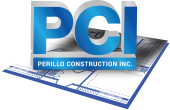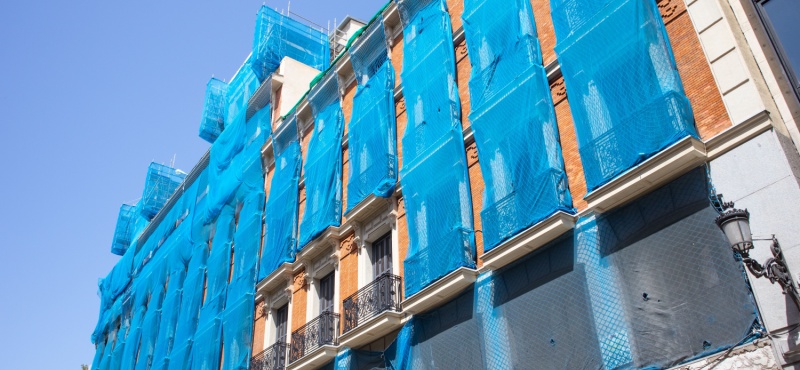In the dynamic realm of commercial construction, the concept of adaptive reuse is gaining traction as a sustainable and innovative approach to revitalizing existing buildings. As a key player in Florida’s construction landscape, we at Perillo Construction understand the significance of preserving history while meeting modern needs. In this blog, we explore the benefits of adaptive reuse projects for commercial properties in Florida and showcase our firm commitment to sustainability, community revitalization, and to shaping a better and brighter future for generations to come.
The Beauty of Adaptive Reuse
Adaptive reuse involves repurposing existing structures, such as warehouses, factories, or historic landmarks, for new uses. Instead of demolishing these buildings, adaptive reuse projects breathe new life into them, transforming them into vibrant commercial spaces that honor their past while embracing the future. With thoughtful design and innovative approaches, these projects can showcase the resilience and adaptability of these existing structures, preserving their architectural character and contributing to the unique fabric of their communities.
Economic Advantages
One of the primary benefits of adaptive reuse projects is their economic viability. Repurposing existing buildings can be more cost-effective than new construction, as it often requires fewer materials and less time to complete. Additionally, adaptive reuse projects can qualify for tax incentives and grants, further reducing the financial burden on developers. By revitalizing underutilized properties, adaptive reuse projects contribute to the economic revitalization of neighborhoods and commercial districts, attracting new businesses, residents, and visitors and fostering a thriving local economy.
Environmental Sustainability
In an era of heightened environmental awareness, adaptive reuse projects offer significant environmental benefits. By recycling existing buildings, adaptive reuse reduces the demand for new construction materials and minimizes construction waste, thereby reducing the project’s carbon footprint. Additionally, adaptive reuse projects often incorporate sustainable design features, such as energy-efficient systems, green roofs, and rainwater harvesting, further enhancing their environmental sustainability. By preserving existing structures, adaptive reuse projects help conserve valuable resources and protect the natural environment for future generations, promoting a greener and more sustainable built environment.
Cultural Preservation
Preserving Florida’s architectural heritage is another compelling reason to embrace adaptive reuse projects. Many of the state’s historic buildings hold significant cultural and architectural value, reflecting the unique character and history of their communities. By repurposing these buildings for new uses, we honor their legacy and celebrate their contribution to our cultural identity. Adaptive reuse projects help foster a sense of pride and connection among residents, preserving the stories and traditions that make Florida such a special place to live and work. By maintaining and enhancing these historic structures, we ensure that future generations can continue to appreciate and learn from our rich architectural heritage.
Community Revitalization
In addition to economic, environmental, and cultural benefits, adaptive reuse projects also play a crucial role in community revitalization. By transforming vacant or underutilized buildings into vibrant commercial spaces, adaptive reuse projects breathe new life into neighborhoods and commercial districts, attracting foot traffic, investment, and economic activity. These projects create opportunities for local businesses to thrive, contribute to the creation of jobs, and enhance the overall quality of life for residents. By revitalizing and activating these spaces, adaptive reuse projects become catalysts for positive change, revitalizing communities and creating inclusive and vibrant urban environments.
Final Thoughts
In conclusion, adaptive reuse stands as a compelling solution for honoring history while addressing contemporary demands in commercial construction. By repurposing existing buildings, developers achieve economic savings, minimize environmental impact, and exalt Florida’s architectural legacy. At Perillo Construction, we take great pride in leading the charge of adaptive reuse projects across Florida, crafting sustainable, functional, and culturally rich commercial spaces that serve as pillars of vitality and vibrancy within our communities. As we remain steadfast in our commitment to embracing the principles of adaptive reuse, we eagerly anticipate the ongoing preservation and celebration of Florida’s architectural heritage for countless generations to come.

